Glaucoma
Glaucoma is an eye condition that can result in too much pressure from eye fluid in the eye. This high pressure can damage the optic nerve and if the pressure persists, glaucoma will worsen your sight. When left untreated, glaucoma can cause loss of sight in just a few years. Glaucoma NZ reports that 10% of people over 70 will have glaucoma.
Are you at risk?
You are at an increased risk of glaucoma if you:
- Are older than 40
- Have a family history of glaucoma
- Have near-sightedness (myopia)
- Have diabetes
- Have high blood pressure
- Have a history of migraine
- Use cortisone or steroids
- Have a previous eye injury
What are the symptoms of Glaucoma?
Usually there are no symptoms except vision loss. In a few cases glaucoma will develop rapidly with:
- Blurred vision
- Loss of side vision
- Seeing coloured halos around lights
- Redness of the eye
- Nausea or vomiting
- Pain in the eye
Glaucoma cannot be prevented, but it can be detected and treated before vision loss occurs. If detected and treated early, the disease can be controlled. Get your eyes examined regularly.
Learn more about Glaucoma here
The different types of glaucoma
Symptoms: Usually there are no symptoms until late stages of the disease. First awareness is usually decreased peripheral vision and in some case decreased central vision.
Risk Factors: Glaucoma in a family member; family history of blindness or visual loss from diabetes or hypertension; high myopia; age.
Treatment: This is aimed at reducing intra-ocular pressure to levels below those at which damage occurred.
Symptoms: It is possible that a person with low tension glaucoma may notice a visual field defect and this would certainly be obvious from the results of a visual fields test at the optometrist clinic.
Treatment: This is aimed at reducing intra-ocular pressure to levels below those at which damage occurred.
Symptoms: None are usually noticed until late stages when loss of visual field or visual acuity may be experienced.
Risk Factors: Eye trauma.
Treatment: This is aimed at reducing intra-ocular pressure to levels below those at which damage occurred.
Symptoms: Pain, sensitivity to light, decreased vision.
Treatment: Normally treated with steroids, mydriatic / cycloplegic, and pressure lowering agents.
Increased intraocular pressure as a result of steroid use may develop within a few days or a few months after starting steroid use. Pressure normally returns to normal after steroids are discontinued. Anti-glaucoma treatment may be necessary and care should be taken to taper steroid use when discontinuing.
Symptoms: In some cases, there will be no symptoms while other people may notice blurred vision, eye pain, and coloured halos around lights after exercise.
Treatment: Treatment will depend on a number of factors in the presentation of the disease including intraocular pressure, visual field changes, and extent of the symptoms.
Symptoms: Eye pain, blurry vision, halos around lights, frontal headache, nausea and vomiting.
This is a medical emergency and urgent medical care should be sought.
Symptoms: Some people will have no symptoms while others may have reduced vision, eye pain, redness of the affected eye, and sensitivity to light,

